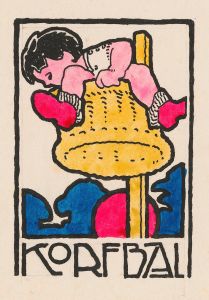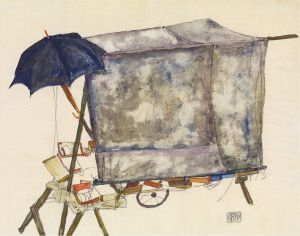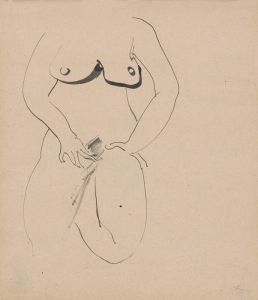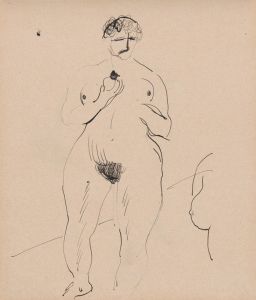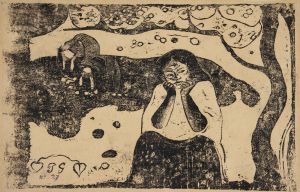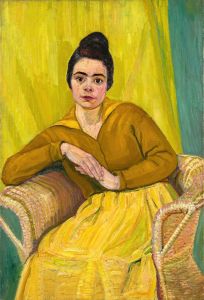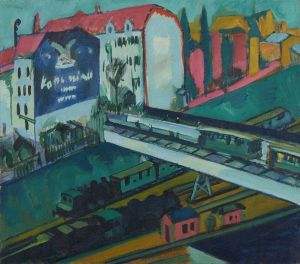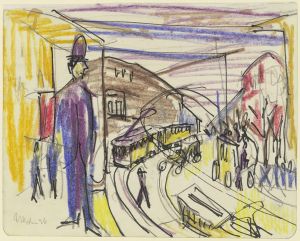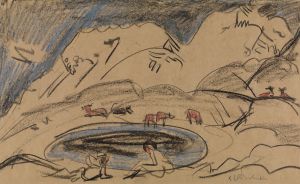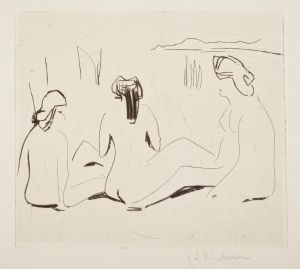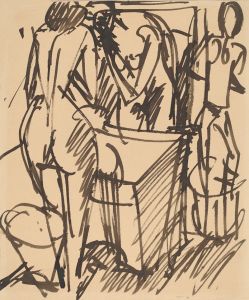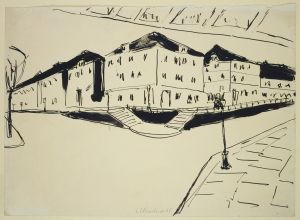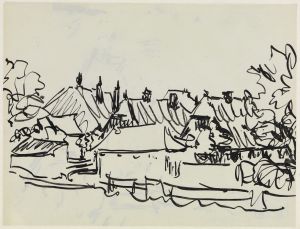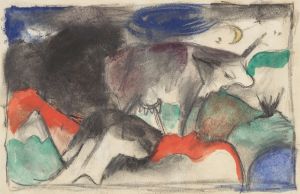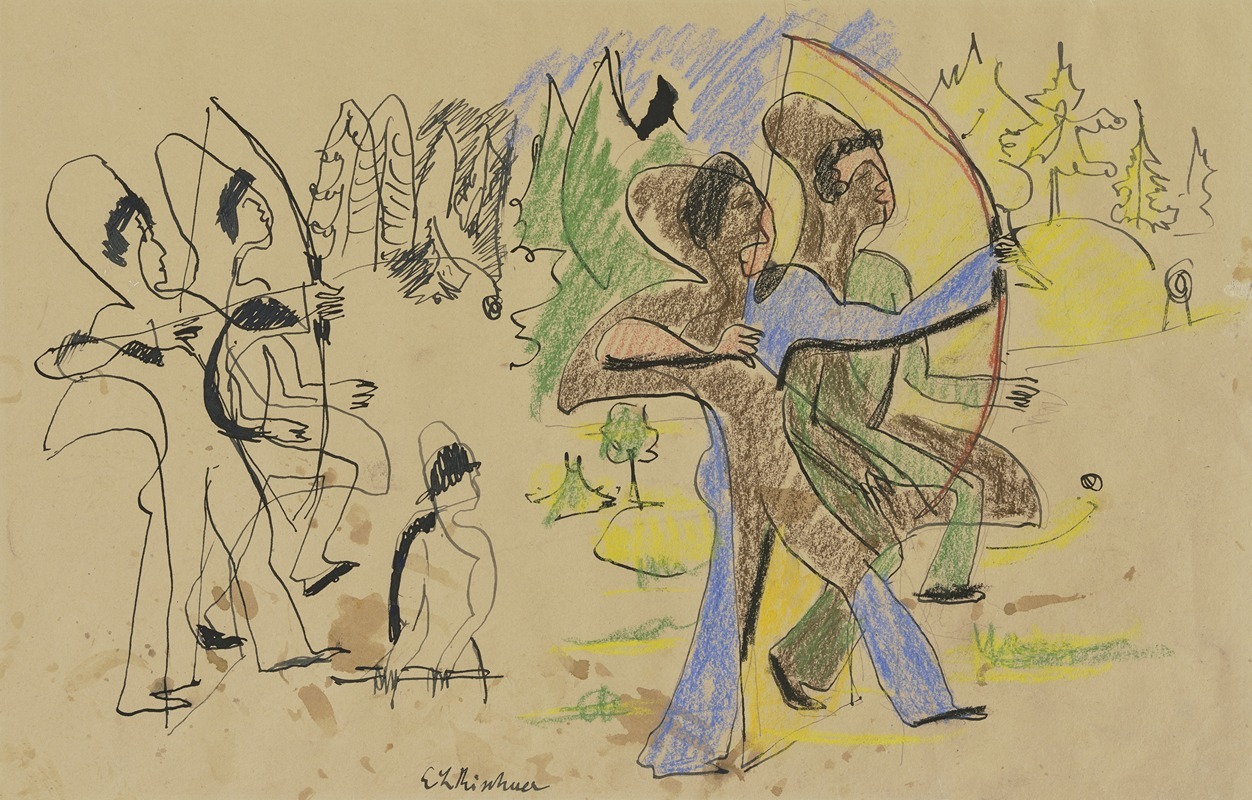
Archers
A hand-painted replica of Ernst Ludwig Kirchner’s masterpiece Archers, meticulously crafted by professional artists to capture the true essence of the original. Each piece is created with museum-quality canvas and rare mineral pigments, carefully painted by experienced artists with delicate brushstrokes and rich, layered colors to perfectly recreate the texture of the original artwork. Unlike machine-printed reproductions, this hand-painted version brings the painting to life, infused with the artist’s emotions and skill in every stroke. Whether for personal collection or home decoration, it instantly elevates the artistic atmosphere of any space.
Ernst Ludwig Kirchner, a prominent German expressionist painter, created the artwork titled "Archers" in 1935. Kirchner was a founding member of the influential art group Die Brücke (The Bridge), which played a crucial role in the development of Expressionism in the early 20th century. His work is characterized by bold colors, dynamic compositions, and a focus on the human figure, often exploring themes of modernity and psychological depth.
"Archers" exemplifies Kirchner's mature style, developed during his later years in Switzerland, where he moved in 1917 seeking solace and recovery from the psychological trauma he experienced during World War I. The painting reflects Kirchner's continued interest in the human form and movement, as well as his fascination with the natural environment surrounding his home in the Swiss Alps.
In "Archers," Kirchner depicts a group of figures engaged in the act of archery, set against a vibrant and abstracted landscape. The composition is dynamic, with elongated figures that convey a sense of tension and energy. Kirchner's use of color is particularly striking, employing a palette of vivid greens, blues, and earth tones that enhance the emotional intensity of the scene. The figures are rendered in a stylized manner, with exaggerated proportions and angular forms, a hallmark of Kirchner's expressionist approach.
The painting reflects Kirchner's interest in primitive art and non-Western cultures, which he believed offered a more authentic and direct form of expression. This interest is evident in the simplified forms and the rhythmic, almost ritualistic quality of the figures' movements. Kirchner's exploration of these themes can be seen as a response to the rapid industrialization and urbanization of the early 20th century, which he viewed as alienating and dehumanizing.
"Archers" also demonstrates Kirchner's mastery of composition and his ability to convey movement and emotion through form and color. The painting's dynamic arrangement of figures and the interplay of lines and shapes create a sense of rhythm and harmony, drawing the viewer into the scene. Kirchner's bold use of color not only enhances the visual impact of the work but also serves to evoke the emotional and psychological states of the figures.
Throughout his career, Kirchner faced numerous challenges, including the rise of the Nazi regime in Germany, which condemned his work as "degenerate art." Despite these difficulties, he continued to produce art that was innovative and deeply personal. "Archers" stands as a testament to Kirchner's resilience and his commitment to exploring the complexities of the human experience through his art.
Today, Kirchner's work, including "Archers," is celebrated for its contribution to the development of modern art and its influence on subsequent generations of artists. His paintings are held in major collections worldwide, and he is recognized as one of the leading figures of German Expressionism. "Archers" remains a powerful example of Kirchner's artistic vision and his ability to capture the essence of human emotion and movement.





